Planning & Prep
How to Care for a Basil Plant from the Grocery Store
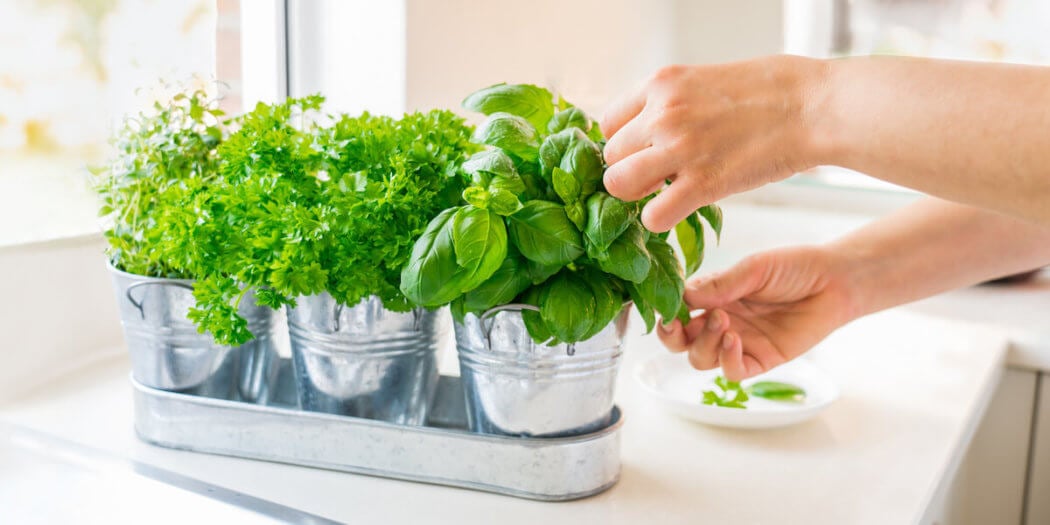
Basil is a culinary garden herb used for its fragrant leaves, which have high concentrations of essential oils. There is a range of different basil types — with sweet basil being the most common — and widely used in food worldwide. Basil is native to warm, tropical climates, and although it can be grown indoors, it grows best outdoors in hot, dry conditions.
By learning how to take care of a basil plant from the grocery store, you’ll end up with a bountiful basil plant you can care for and grow yourself at home.
Picking the best basil plants from the grocery store
When shopping for basil plants from the grocery store, look for bigger plants that are bushy, vibrant, and have healthy growth. If the leaves look wilted or are drooping, this indicates the basil plant is dehydrated. If you can, check the roots in the pot and make sure the plant is not root-bound. Seeing some healthy roots is an excellent sign you’ll be able to re-plant the basil plant at home.
Avoid buying plants that have signs of whitefly or other aphid infestation, as these will just spread to your other plants once you get them home.
How to care for basil plants from the grocery store
The basil plant you buy from the grocery store will come packaged in a plastic cover, with the plant itself potted in a small pot. One of the more common ways people take care of basil plants from the grocery store is to place the plant in a saucer of water on a windowsill that gets plenty of sunlight. Then water the basil plant every few days to keep it hydrated.
Although this is a viable way of caring for a basil plant for immediate harvest and use of the leaves, caring for your grocery store-bought basil plant in this way will only keep it alive short term. This is because the plant’s pot is seeded with many basil plants — not just one.
It is too crowded for them all to grow and thrive in 1 pot, so they run out of space and nutrients and inevitably die after around a week or two.
How to propagate basil from the grocery store
If you want an abundance of basil for many months, you need to divide up the stronger, healthier basil plants and pot them individually so they can flourish.
How to divide grocery store basil plants
You can propagate your basil plant from the grocery store and enjoy fresh basil that you can cultivate for many months.
You will need:
- 1 basil plant from the grocery store
- Small, separate pots
- Potting mix
- A warm location to place your new basil plants — somewhere with direct sunlight
Here are the steps you should follow:
- Remove the basil plant from the pot and separate the plants by carefully pulling apart the root ball. To minimize damage to the plant, pull gently but firmly. Try only to hold the root/soil part of the plant, so you don’t damage the stems or leaves.
- When you’ve exposed the inside of the root ball, have a look to see which plants look the healthiest and largest, as these are the ones you are going to want to plant individually. You can use up any smaller plants over the next few days in your recipes.
- Continue to pull apart each larger basil plant and plant in its own individual pot — always plant basil at the same level that it was planted in its original pot, as basil stems are delicate and mustn’t be planted too deeply.
- Place your newly potted plants in a warm, cozy place with direct sunlight, e.g., on a windowsill or in a greenhouse.
- When you want to harvest some basil leaves for cooking, remove the top sets of leaves from the top of the plant down to encourage the rest to grow out bushy.
If you’re planting your individual basil plants together in a larger or outdoor pot, make sure you leave enough space between each plant for it to grow — 8-10in of space is enough.
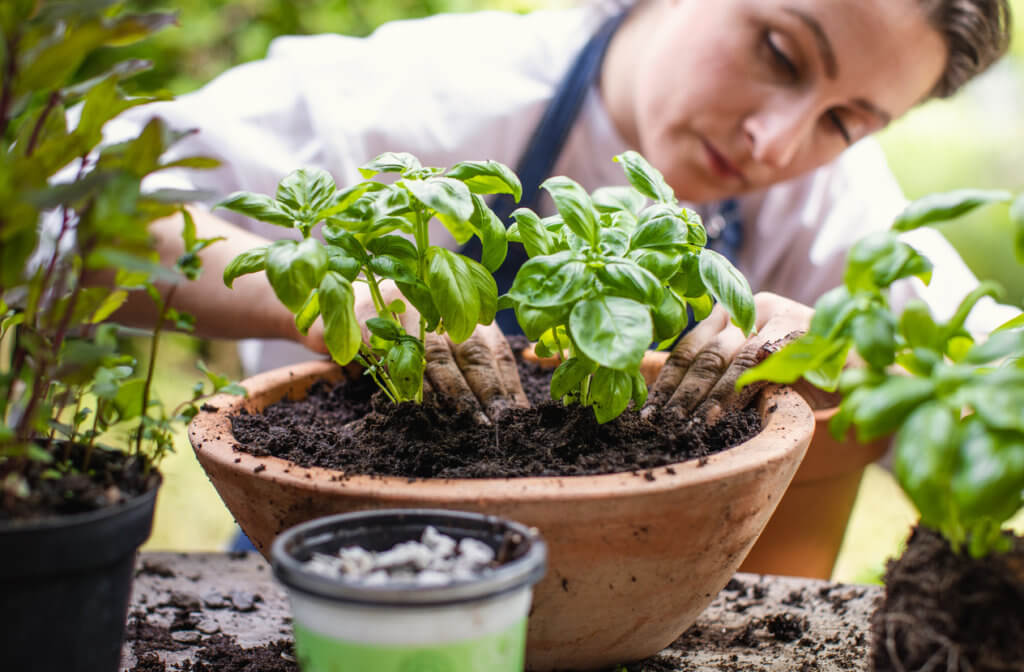
How to keep your grocery store basil plants alive
Now that you know how to care for and propagate a basil plant, here are a few tips on how to keep your grocery store basil plant alive and flourishing for many months:
1. Water your basil plants well
Make sure your basil plant is constantly hydrated by watering it regularly. If your basil plant starts looking droopy, it’s a sign that it needs watering more often. Stick half a finger length into the compost, and if the soil feels dry at that depth, give it some water.
Use plant pots that have adequate drainage holes, so the roots don’t get saturated in water. Rich potting soil will also help with drainage. Make sure you only water at the base of the plant to avoid leaf diseases.
2. Harvesting your basil plants
When the basil plant is around 6-8in tall, you can start harvesting the leaves. Do this regularly, even if you aren’t using it in cooking. Picking the leaves off your basil plant regularly encourages new growth and will result in lush foliage.
The more growing tips you pinch off the top, the more the plant will produce.
Snip off dead leaves, and if your basil plant starts to flower, remove the flowers, so your plant doesn’t get too tall and stays bushy.
3. Keeping bugs off your basil plants
Caterpillars love basil, so spray your basil plant lightly with some diluted pest killer or insecticide. And make sure you wash your leaves well before you eat them.
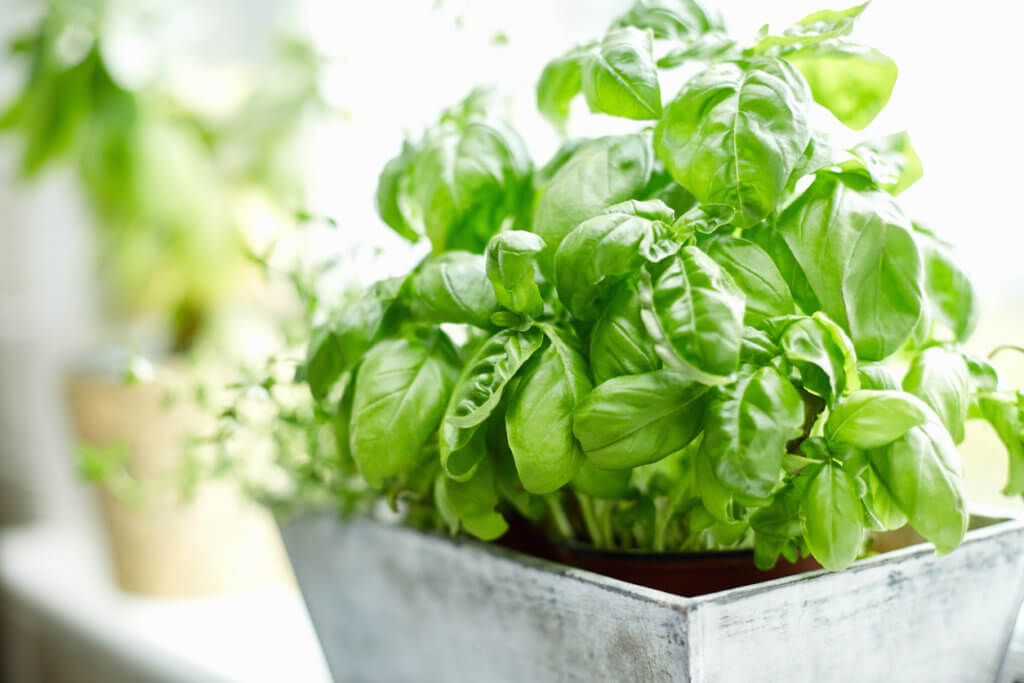
Fresh basil in abundance
Separating the best plants from your basil plant and potting them individually means you’ll have an abundance of fresh basil throughout the growing months.
Use your fresh basil in your Italian pasta dishes, in homemade pesto, or throw it into a caprice salad. If you like infused olive oil, blend your fresh basil with olive oil and put it into ice cube trays for freezing. You can then use them in tomato dishes or drizzle over salads.
Shop for your groceries on Instacart and ask your shopper to pick out the freshest-looking basil plant. Order your favorite fresh vegetables online and enjoy contactless, same-day delivery!
Most Recent in Planning & Prep

Planning & Prep
37 Care Package Ideas: From “Get Well” to “Just Because”
It’s always nice to show some extra appreciation for your loved ones. Whether you want to support a sick friend or a neighbor who had their first child, a care package is the perfect way…
Jan 30, 2025
Planning & Prep
Average Grocery Cost per Month: The 2025 Breakdown
The average grocery cost per month, per person, in the United States is roughly $350 for adults between 19 and 50 years old in a four-person household. This estimation depends on multiple factors, such as…
Dec 23, 2024
Planning & Prep
33 Shocking Global and National Food Waste Statistics (2025)
Did you know nearly 30% of the food produced globally is never eaten? This staggering food waste statistic highlights the alarming issue of uneaten food — a problem with environmental, economic and social consequences. Food…
Dec 23, 2024

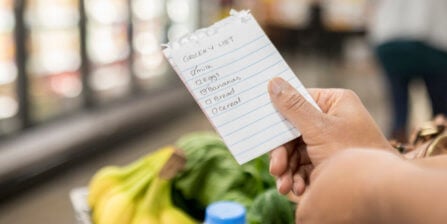 17 Grocery List Categories to Make Shopping Easy
17 Grocery List Categories to Make Shopping Easy 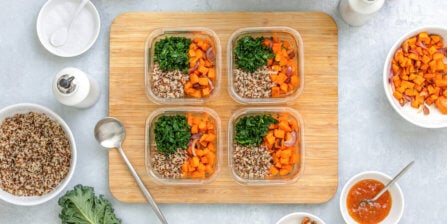 How to Meal Plan: Step-by-Step Guide to Meal Planning
How to Meal Plan: Step-by-Step Guide to Meal Planning  How To Read Food Labels: Guide to Nutrition Labels
How To Read Food Labels: Guide to Nutrition Labels 

